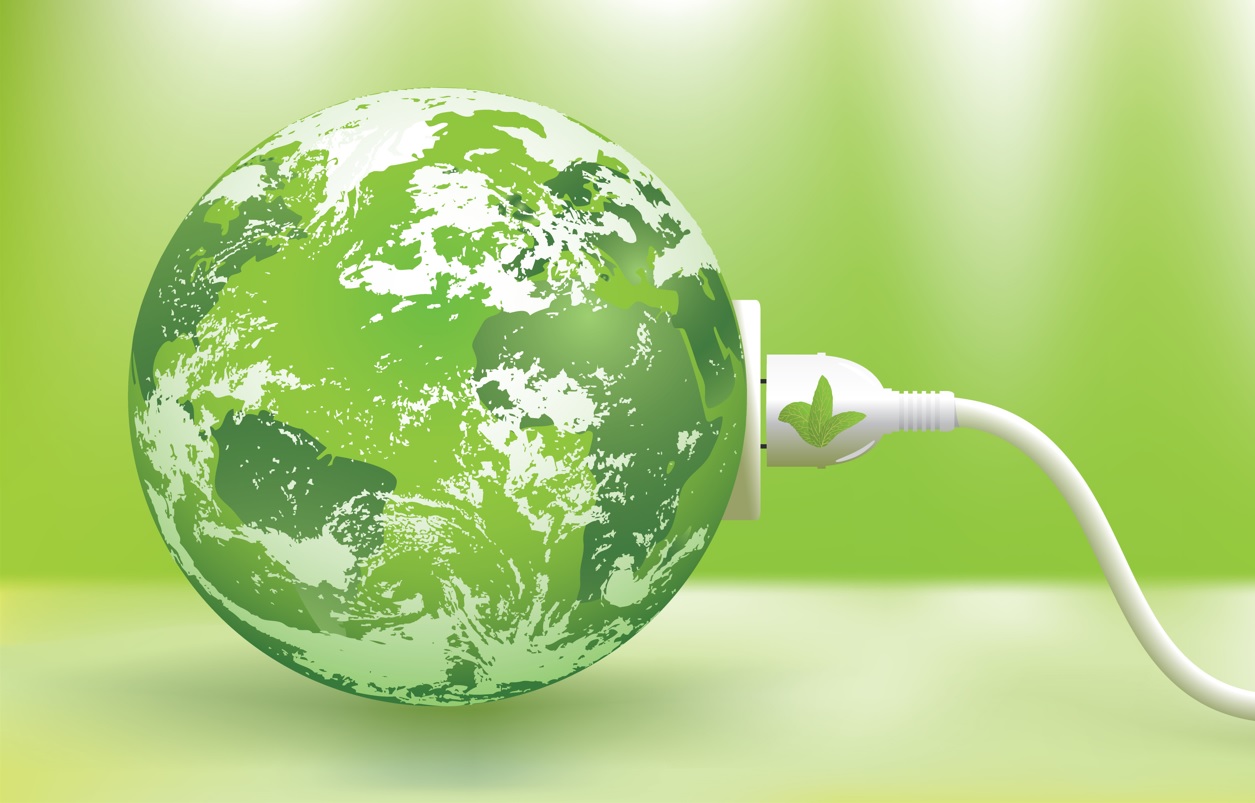Consortium to generate clean energy using photonics

European SPOTLIGHT group is developing a new process that uses sunlight and LEDs to make methane and methanol
A European consortium is developing a new process that uses sunlight and LEDs to turn carbon dioxide and green hydrogen into clean energy products like methane gas and methanol liquid fuel.
Called 'SPOTLIGHT', the consortium is creating a chemical process as well as a photonics device to convert carbon dioxide and green hydrogen into the chemical fuel methane and carbon monoxide as a starting material for creating methanol liquid fuel.
With their new device, SPOTLIGHT is looking to process up to one megaton of carbon dioxide per year, making them complementary to existing large-scale carbon capture and utilization processes.
While liquid methanol is used to make safe, clean energy for cars, wind turbines and energy storage applications, it is usually created by reforming natural gas with steam and then converting and distilling the resulting gas mixture into pure methanol. Changing carbon dioxide into a useful product like methanol is typically done with many chemicals in an 'alkali hydroxide–based system’.
Nicole Meulendijks, the project coordinator at SPOTLIGHT, said: "Climate change, one of the biggest societal challenges of our day, can be tackled with light technologies by taking greenhouse gases that trap heat close to the Earth and turning them into something useful.
“Our goal is to develop and validate a photonic device and chemical process concept for the sunlight-powered conversion of CO2 and green H2 to the chemical fuel methane (CH4, Sabatier process), and to carbon monoxide (CO, reverse water gas shift (rWGS) process) as starting material for the production of the chemical fuel methanol (CH3OH). Both CH4 and CH3OH are compatible with our current infrastructure and suited for multiple applications such as car fuel, energy storage, and starting material to produce valuable chemicals.
“SPOTLIGHT’s photonic device will comprise a transparent flow reactor, optimised for light incoupling in the catalyst bed. Furthermore, it will comprise secondary solar optics to concentrate natural sunlight and project it onto the reactor, and an energy-efficient LED light source to ensure continuous 24/7 operation. SPOTLIGHT's catalysts will be plasmonic catalysts, capable of absorbing the entire solar spectrum.”
Offsetting 16 percent of global CO2
The chemical processes proposed by SPOTLIGHT can be scaled up to offset the CO2 emitted by small to medium ‘point sources’ or places that emit carbon dioxide with emissions lower than one megaton per year.
Meulendijks said: “Worldwide, there are approximately 11,000 carbon dioxide 'point sources' with emissions lower than 1 Mt/year. When combined, all these point sources emit a cumulative annual total of around 2.7 billion tonnes of CO2– approximately 16 percent of all CO2 from point sources globally every year. So, potentially, the process we envision at SPOTLIGHT could convert 2.7 Billion tonnes of CO2 per year into useful chemical fuels.
“The photonic device and sunlight-powered process that SPOTLIGHT will develop are modular and can be tailored to the size of CO2 sources up to 1 Mt p.a. with sufficient land coverage of approximately five football fields. Addressing all current carbon dioxide point sources up to that size with SPOTLIGHT's Sabatier process, a total of 2,700 Mt of CO2 per annum (16 percent of all CO2 from point sources) could be converted to 982 megatonnes of chemical fuel methane, or 982 x 109 kg x 50 MJ·kg-1 = 49.1 EJ p.a.
The consortium is coordinated in Netherlands by Nederlandse Organisatie Voor Toegepast Natuurwetenschappelijk Onderzoek TNO, and is made up of partners from: Netherlands – Chemtrix Bv, Signify Bv; Belgium - Universiteit Hasselt, Interuniversitair Micro-Electronica Centrum; Switzerland – Eidgenoessische Technische Hochschule Zuerich, Ecole Polytechnique Federale De Lausanne; Germany – Fraunhofer Gesellschaft Zur Foerderung Der Angewandten Forschung E.V., Deutsches Zentrum Fur Luft - Und Raumfahrt Ev; Italy – Rina Consulting Spa, Acea Pinerolese Industriale Spa; Spain – Fundacion Para El Desarrollo De Las Nuevas Tecnologias Del Hidrogeno En Aragon.


































